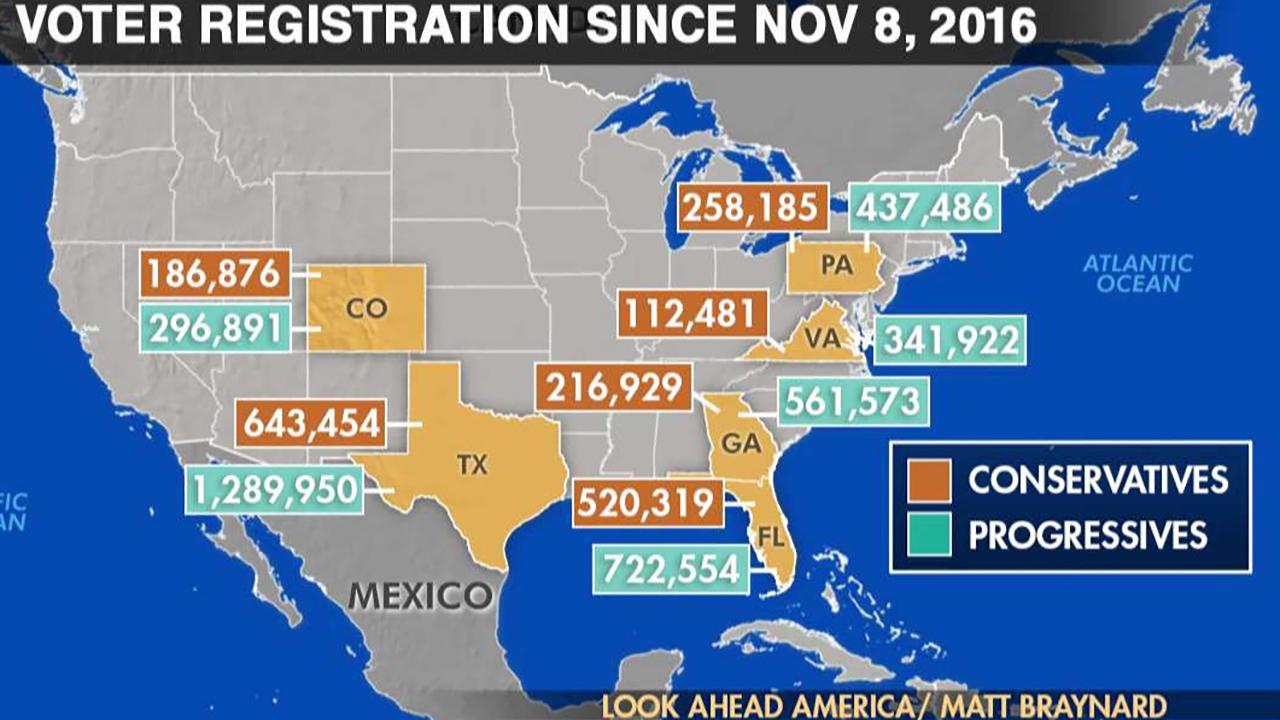
Election Touchscreen Map Takes Deeper Look Inside Key Swing Voter
Examining the Complexities of the Swing Voter in the Digital Age
In the highly contested and rapidly evolving landscape of modern elections, understanding the behavior and motivations of swing voters has become more critical than ever. These voters, who do not consistently align with either major political party, play a pivotal role in determining the outcomes of close races and shaping the direction of the country. A recent study that utilized interactive, touchscreen maps of election results has shed new light on the complexities of the swing voter, providing valuable insights that can inform campaign strategies and electoral outcomes.
Interactive Touchscreen Maps: A New Lens on Voter Behavior
The study, conducted by a team of political scientists at the University of California, Berkeley, employed a novel approach to understanding swing voter behavior. They developed interactive touchscreen maps that allowed researchers to visually explore and analyze election results at the precinct level. This granular approach enabled them to identify patterns and trends that would have been invisible using traditional methods.
Key Insights into Swing Voter Behavior
The study yielded several key insights into the behavior of swing voters. Firstly, it found that swing voters are not a monolithic group. They exhibit a wide range of characteristics and motivations, and their voting patterns vary depending on factors such as race, gender, income, and education.
Secondly, the study revealed that swing voters are particularly sensitive to local issues. They are more likely to be influenced by candidates who address concerns that directly affect their communities, such as job creation, education, and healthcare.
Thirdly, swing voters are more likely to participate in elections when they feel strongly about a particular issue or candidate. This finding highlights the importance of voter engagement and mobilization efforts to increase swing voter turnout.
Data Points and Real-Life Examples
The study provides several data points and real-life examples that illustrate the complexities of swing voter behavior. In the 2016 presidential election, for example, swing voters in Rust Belt states such as Pennsylvania, Michigan, and Wisconsin were heavily influenced by economic issues, particularly the loss of manufacturing jobs.
In the 2020 presidential election, swing voters in suburban areas were more likely to be swayed by candidates who took a strong stance on issues such as healthcare and climate change.
Critical Analysis of Perspectives
The study’s findings challenge some of the traditional assumptions about swing voters. For example, it disputes the notion that swing voters are always centrist or moderate. The study found that swing voters can hold a range of political views, from liberal to conservative, and that their voting decisions are often influenced by factors other than ideology.
The study also raises questions about the effectiveness of negative campaigning. While negative advertising can be effective in mobilizing a candidate’s base, it can also alienate swing voters who are turned off by personal attacks and inflammatory rhetoric.
Conclusion: The Evolving Role of Swing Voters
The Election Touchscreen Map study has provided a deeper understanding of the complexities of the swing voter in the digital age. Swing voters are a diverse group of individuals who are motivated by a range of factors, including local issues, candidate characteristics, and electoral engagement. Understanding the nuances of swing voter behavior is essential for candidates and campaigns seeking to win close races.
As the electoral landscape continues to evolve, the role of swing voters will likely become even more pronounced. The insights gained from this study can help inform campaign strategies, improve voter engagement efforts, and contribute to a more informed and engaged electorate.




